Sovereignty mark of Tho Chu island - the farthest island to the southwest of our country - Photo: L.D.D
“From the time of carrying swords to open up the country”, until now, nearly five centuries have passed since the tents of the Nguyen Lord’s army were built on the banks of Thach Han. Every time I think about my homeland, I feel a sense of gratitude for my ancestors who chose this land to build a career and from here to create a vast Fatherland, and leave to posterity pride in the position of my homeland in history, as well as pride in my homeland as a source of quiet but passionate creativity! Not every land has the “mixed cultural quality” like Quang Tri .
It is a land that is not vast, not crowded. But strangely, from that humble, even austere appearance, there springs up an endless source of creativity and sacrifice.
Like an underground river flowing under the rocky ground, that source is not ostentatious, not noisy but persistent and fierce, forging people, events, and names that history, although often passing quietly, cannot make all of them forgotten.
Many of my friends, every time they return to Quang Tri, unlike the trips to two localities bordering natural heritages and cultural heritages of world stature, tell me to explore Quang Tri slowly like wading through a deep river, not because the water is rushing but because my heart feels pulled back.
There is something that makes people want to stop longer, want to sit under the shade of an ancient tree by the old riverbank to listen to the thousand-year-old rocks and soil tell stories. The beginning of a thousand-year journey is not the bustling capital, not the rich central region, but the simple Ai Tu sandbank.
But it was there that the first military camp was established, paving the way for a long and wide Dang Trong, extending deep into the mainland to the Gulf of Thailand. That was the beginning, and every great beginning often starts from something very small. Like the way the Thach Han River rolls through the “cold rock” before finding its estuary.
Then in 1885, when the capital fell, King Ham Nghi did not choose some remote and dangerous place to hide. He chose Cam Lo, a place not far from Hue, but where he won the hearts of the people. And it was there that the Can Vuong edict was issued. The Can Vuong edict not only called on the people to stand by the king to fight the enemy, but also appealed to the hearts of the people.
This land, every step we take is a slice of time, of memory. Now we are familiar with the idiom “the battle of the people’s hearts”, is it true that King Ham Nghi chose Tan So not only because this was a dangerous land to block the enemy’s advance, but also because he chose the hearts of the people, the hearts of the Quang Tri people as the starting point for a long-term resistance against the French?
During the anti-American war, Quang Tri once again did not stand aside. Amidst the chaotic consequences of war, a rural area on the banks of the Hieu River was chosen as the capital of the Republic of South Vietnam - that land was the "capital" of the first liberated zone.
Perhaps nowhere else is the division of the country as evident as in Quang Tri. The Ben Hai River is the boundary, but it does not divide people’s hearts. On the contrary, it is here that the struggle for national reunification has flared up most fiercely and persistently. The people of Quang Tri have never lived as a severed part. They live with a deep awareness that they are the origin, the place to preserve, and the place to return.
Art exhibition on the occasion of the 100th birthday of famous painter Le Ba Dang in his hometown of Bich La Dong Photo: L.D.D
Is that why on this land, many people grew up in the countryside but still shine with the history of the country. We can mention Le Duan, one of the greatest strategic minds of the Vietnamese revolution. There are generals like Doan Khue, Le Chuong, generals who left an indelible mark, from the hearts of the people, from the deep call of the motherland.
And many more names have gone down in the history of the nation. They, those people, did not grow up from academic books but grew up from the dry Lao wind, from the fire of war, from the tears and faith of the People.
Then there is Che Lan Vien - the poet who carries the pain, wisdom and humane skepticism of a nation that has just passed through a century full of storms. As well as musician Tran Hoan, who wrote songs that have lasted through the years. There is Phan Quang, a journalist, a profound and sophisticated culturalist. All, like mountain peaks rising from a common mountain range - the Quang Tri mountain range.
Recently, when Le Hong Phuong, a nephew of the famous painter Le Ba Dang, brought his artistic heritage from France to Vietnam, among what Phuong brought back, I was fortunate to come into contact with the notebooks, notes, and emotional improvisations of this famous painter known as "the master of the two worlds East and West".
And although I have read and watched a lot about him, I have never ceased to be amazed by the miraculous creativity of painter Le Ba Dang. If we were to choose a symbol for the creative source of modern Quang Tri, that person would certainly be Le Ba Dang, the one who brought the soul of Quang Tri homeland to the world and reached the stature of humanity.
Born in Bich La Dong, the young man Le Ba Dang emerged from poverty, from the years of losing his country, accepting to become an exiled soldier in France to nurture the aspiration of an eagle wanting to fly to the ninth cloud (is that why his paintings are always painted from the perspective of a bird spreading its wings in the blue sky looking down at the human world!).
Leaving his hometown of Quang Tri, his artistic journey, although successful in Europe, exhibited in five continents, but still seen in Le Ba Dang's paintings always carries a heavy Vietnamese spiritual flavor, obsessions with his hometown of Quang Tri and a desire for Bich La fields to spread out to the world.
His paintings are not just for viewing, but also for listening to the sound of the homeland's land moving in each geometric and overlapping line, the sound of the wind blowing through the Ancient Citadel, and the sound of human footsteps on the journey to open up the land in the long night of history.
Le Ba Dang is not just a painter, nor is he just a painter of memories; his art is a philosophy about origins and creative inspiration. And so, although he lived most of his life in Europe, the famous painter never stopped returning to his homeland through his mental journeys.
The source of creativity of Quang Tri people is not a coincidence. It is the crystallization of a harsh terrain, a history of endless suffering and aspiration, a culture imbued with national spirit. That land may not be rich in resources but is the place where the most “human resources” are born.
People who never accept their fate, never give up in the face of challenges. Perhaps, because they deeply understand that in life, there is no easy choice and no land is blessed with prosperity without a trade-off. Quang Tri accepts harshness in exchange for depth, accepts poverty in exchange for courage, accepts loneliness to maintain its own personality - both quiet and fierce, both soft like the coastal sand strips, and also solid like the rocks of Truong Son mountain range.
Quang Tri is not a place to pass by. Quang Tri is a place to stop, listen and feel. Because every blade of grass, every handful of soil, every bamboo bank, every road, every thicket ... has witnessed the history of this nation courageously and clearly. And the source of creative inspiration has started from there!
Le Duc Duc
Source: https://baoquangtri.vn/quang-tri-mach-nguon-sang-tao-cua-dat-va-nguoi-194396.htm


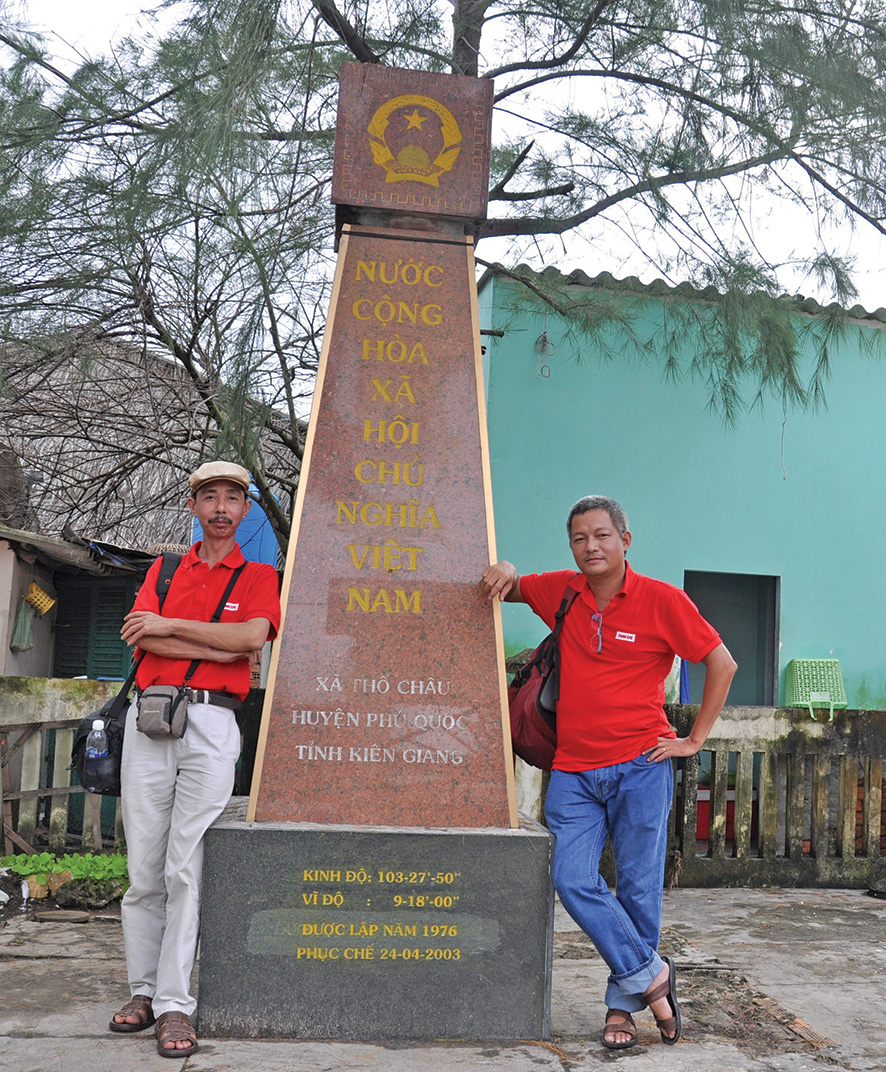


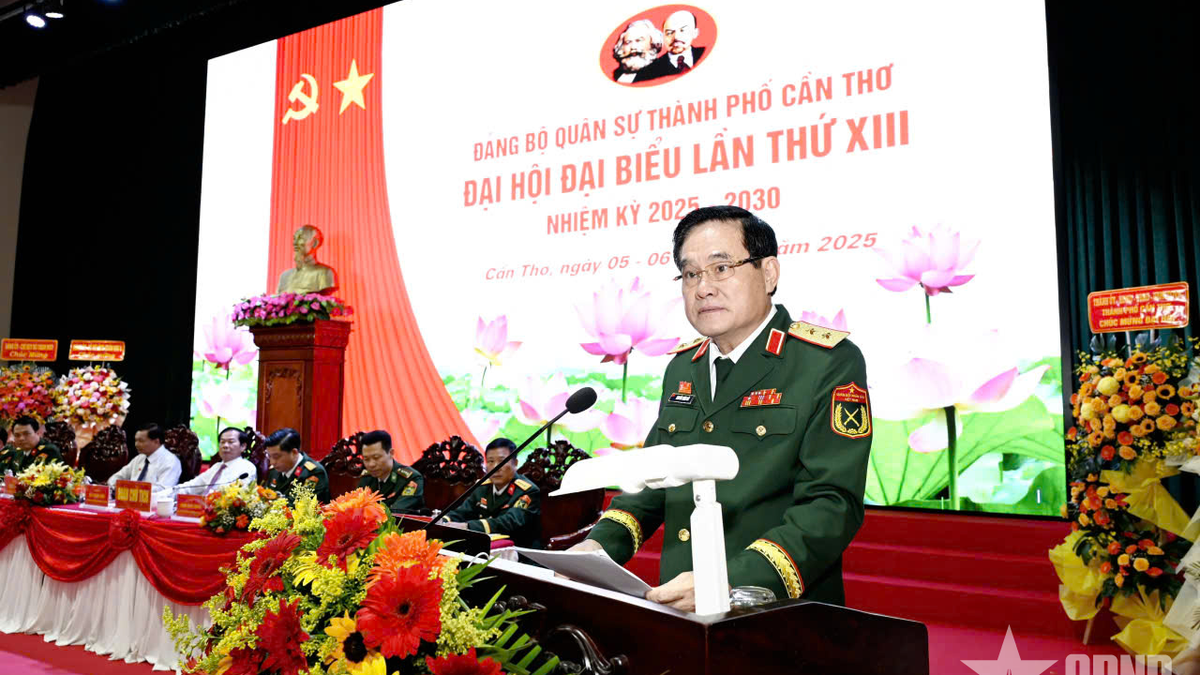

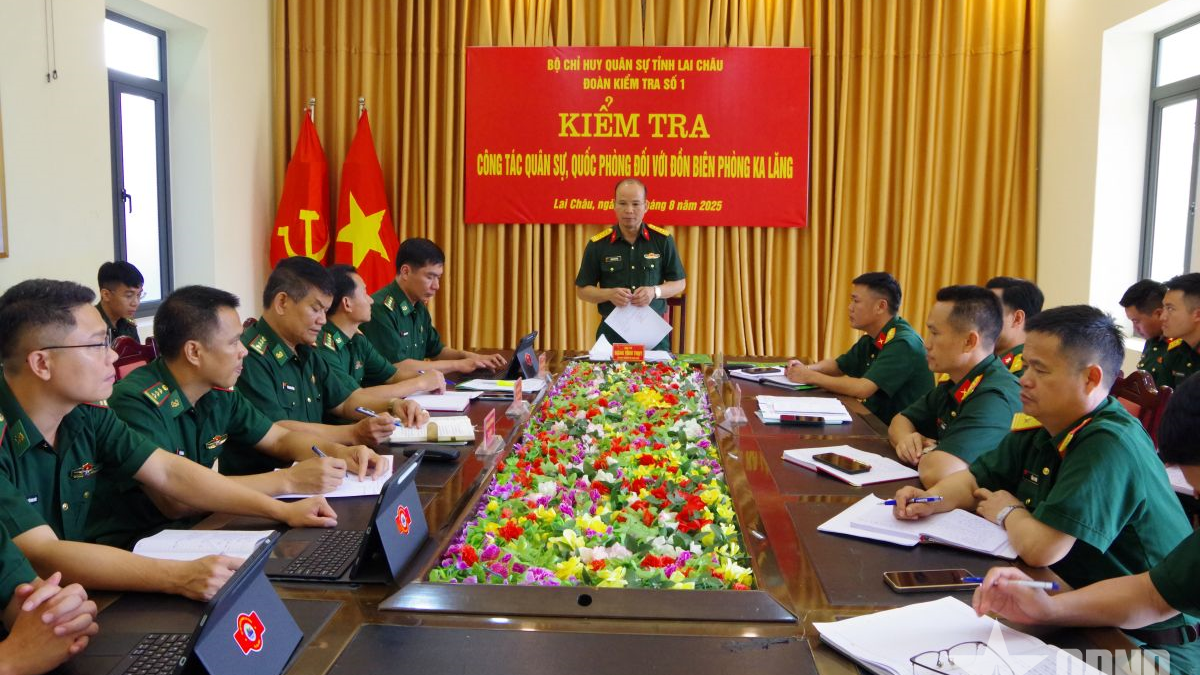
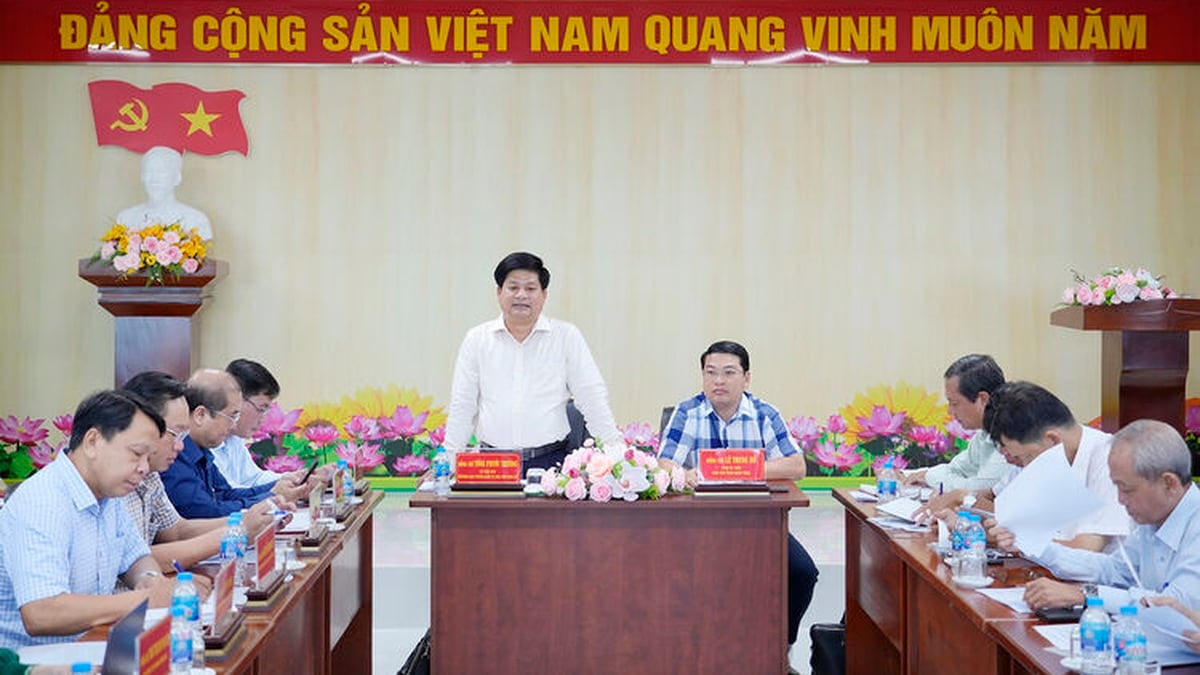




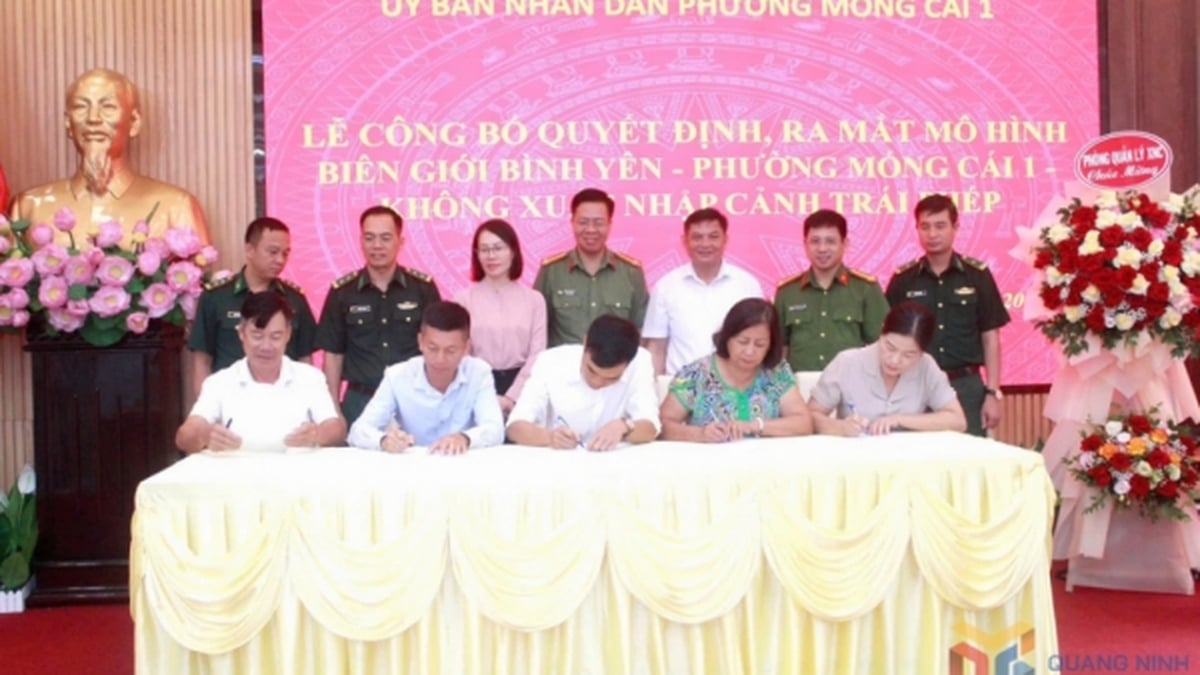

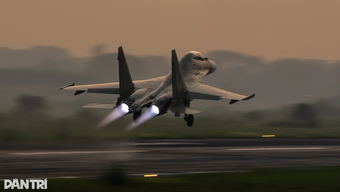









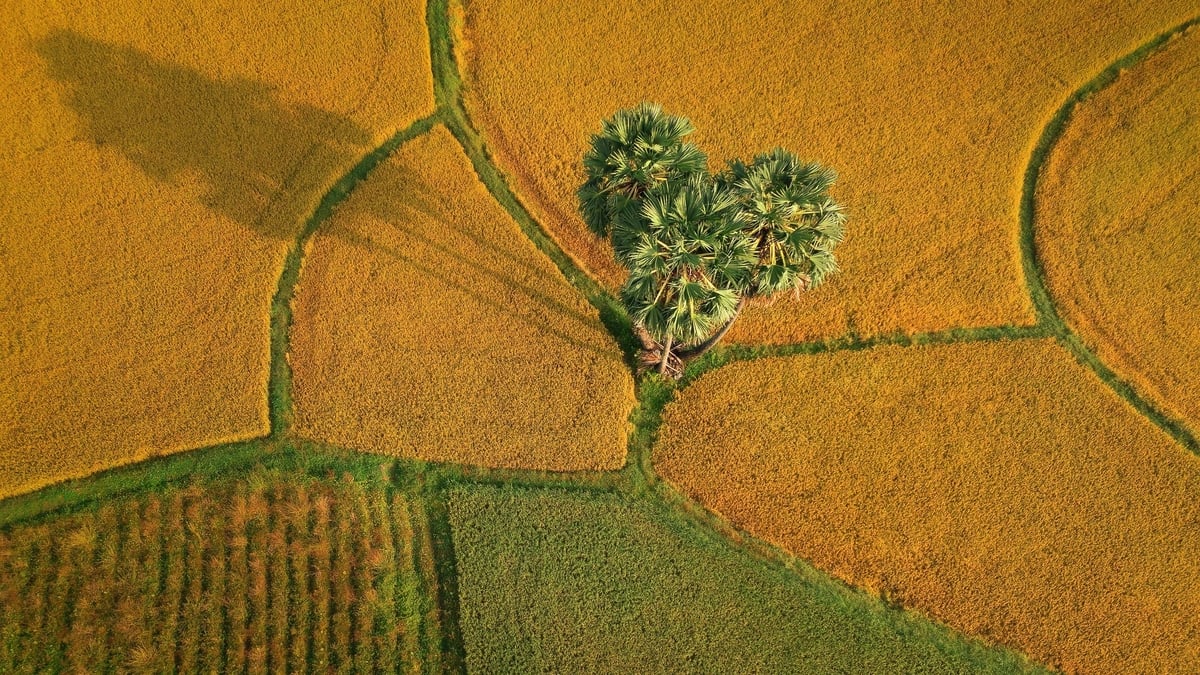
![[Photo] Nghe An: Provincial Road 543D seriously eroded due to floods](https://vphoto.vietnam.vn/thumb/1200x675/vietnam/resource/IMAGE/2025/8/5/5759d3837c26428799f6d929fa274493)









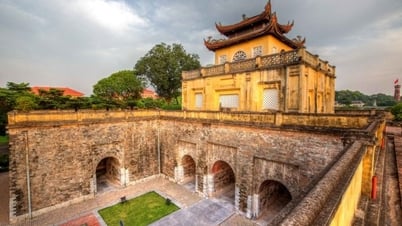

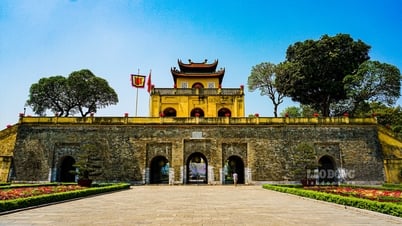

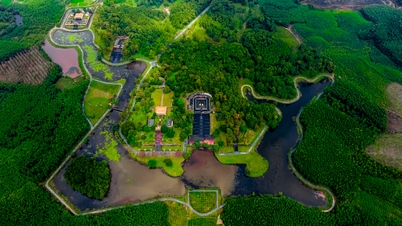



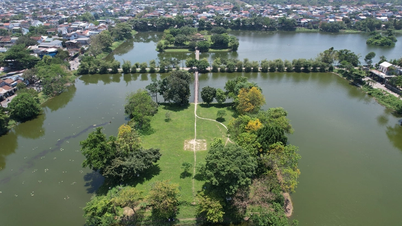
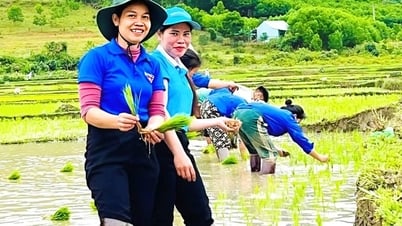














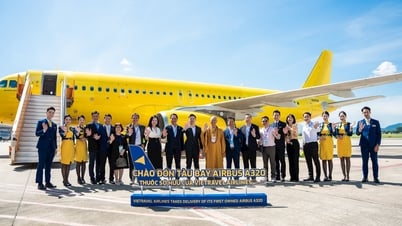



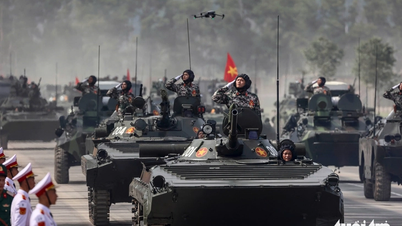
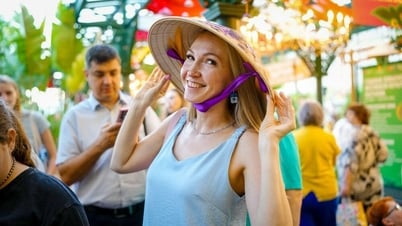






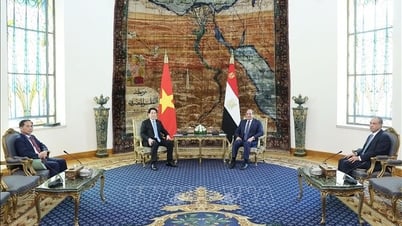

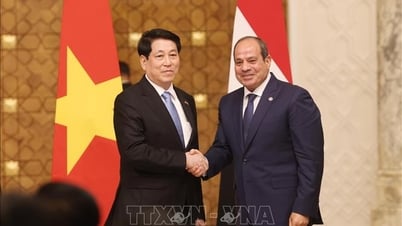
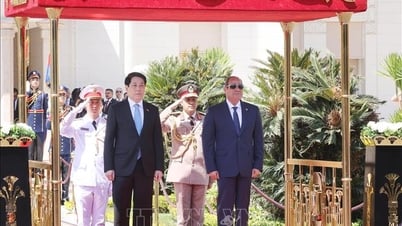
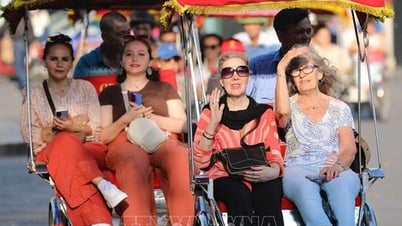

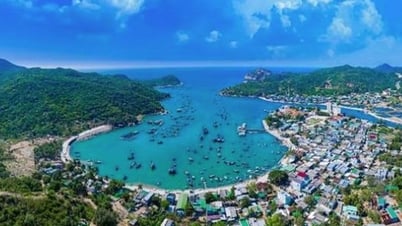
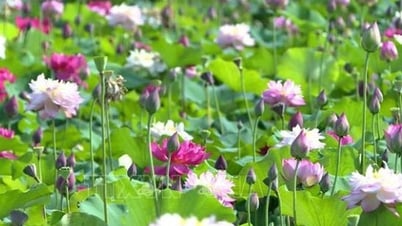

















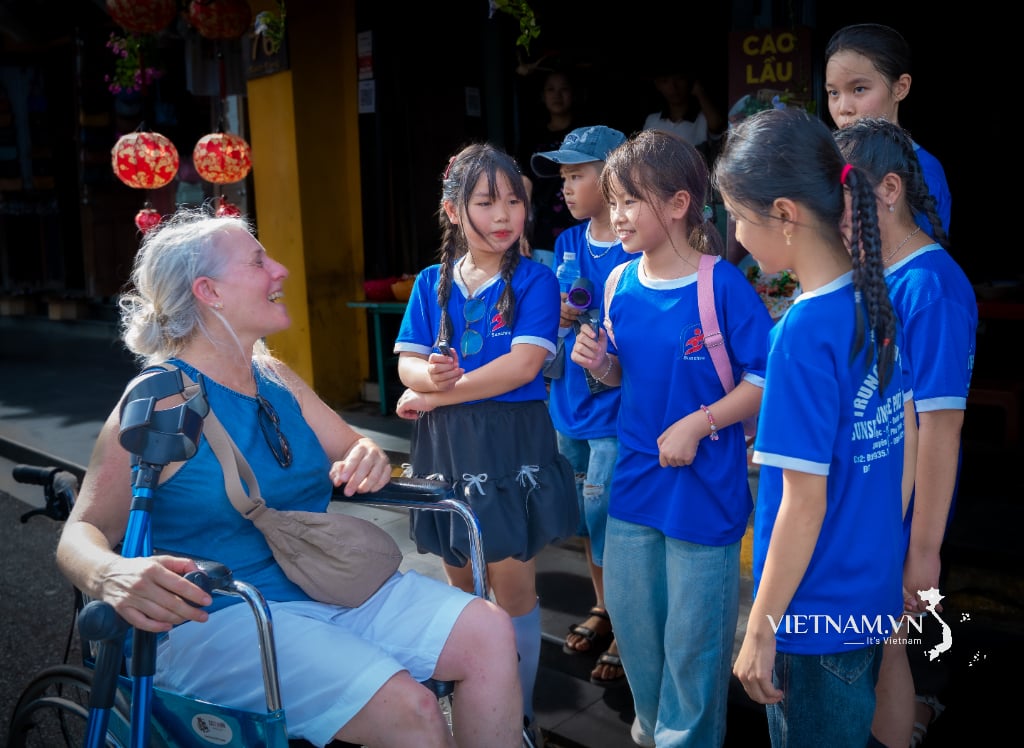
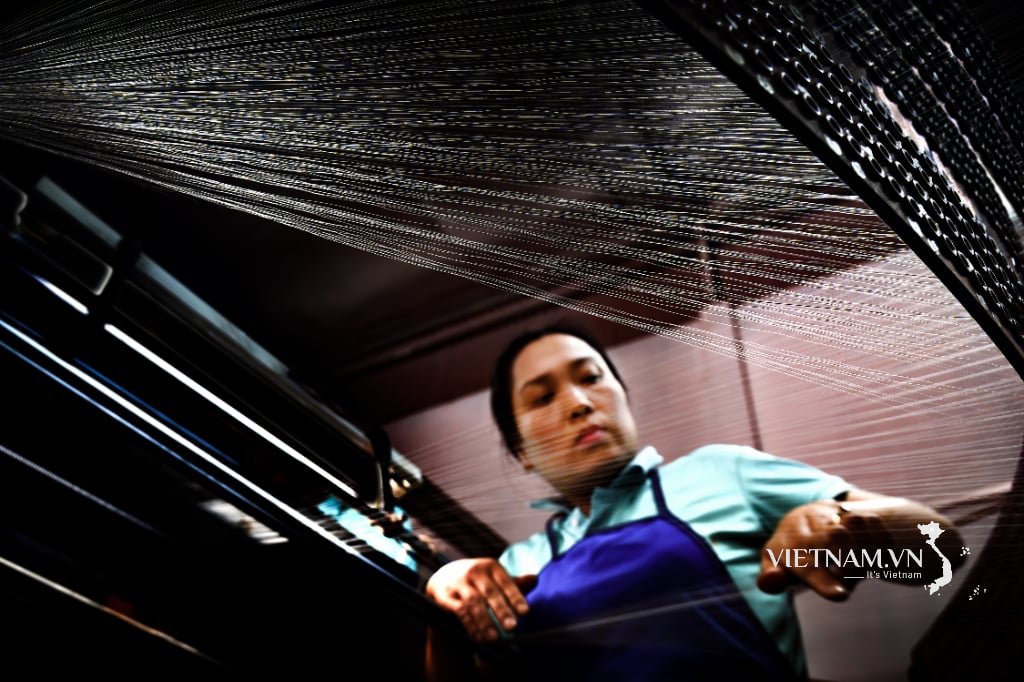
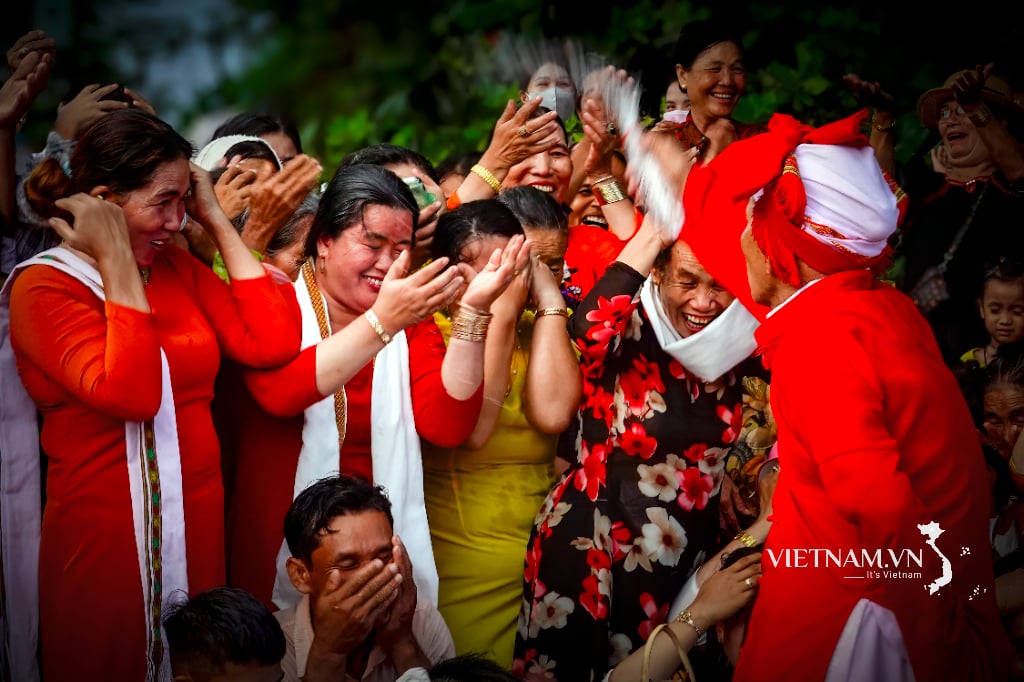
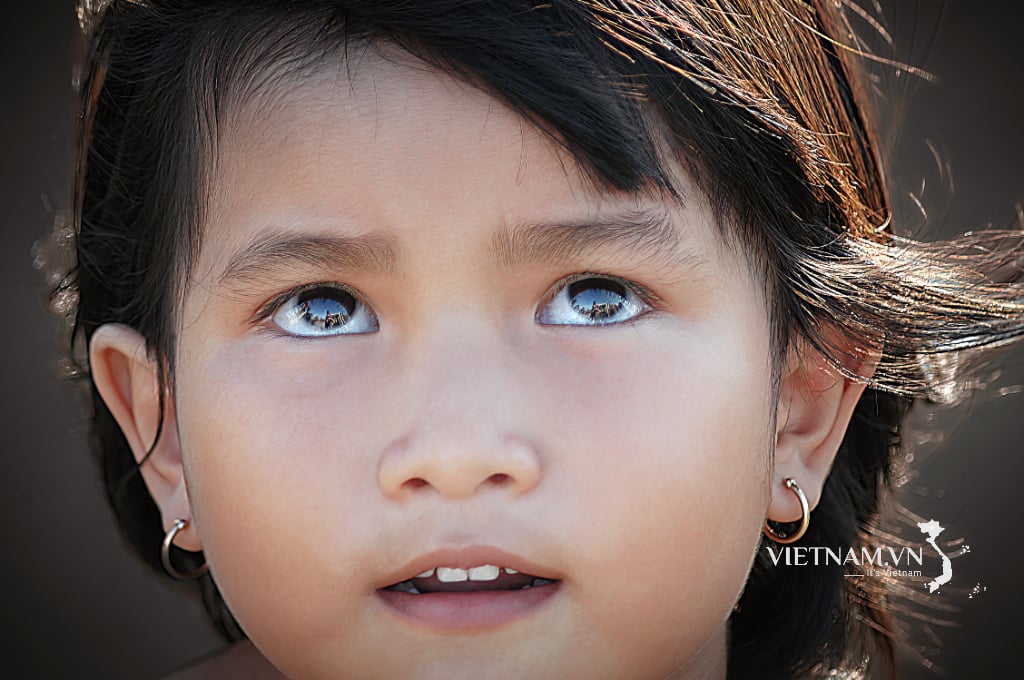
Comment (0)